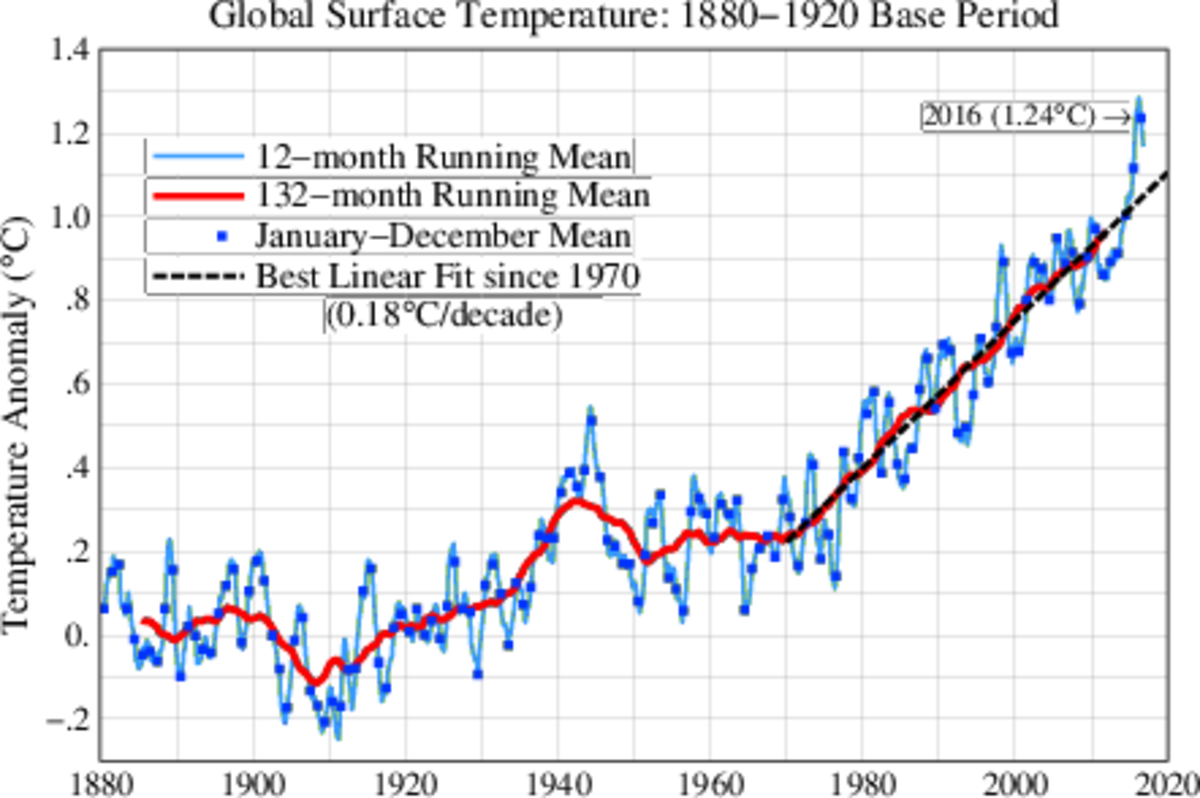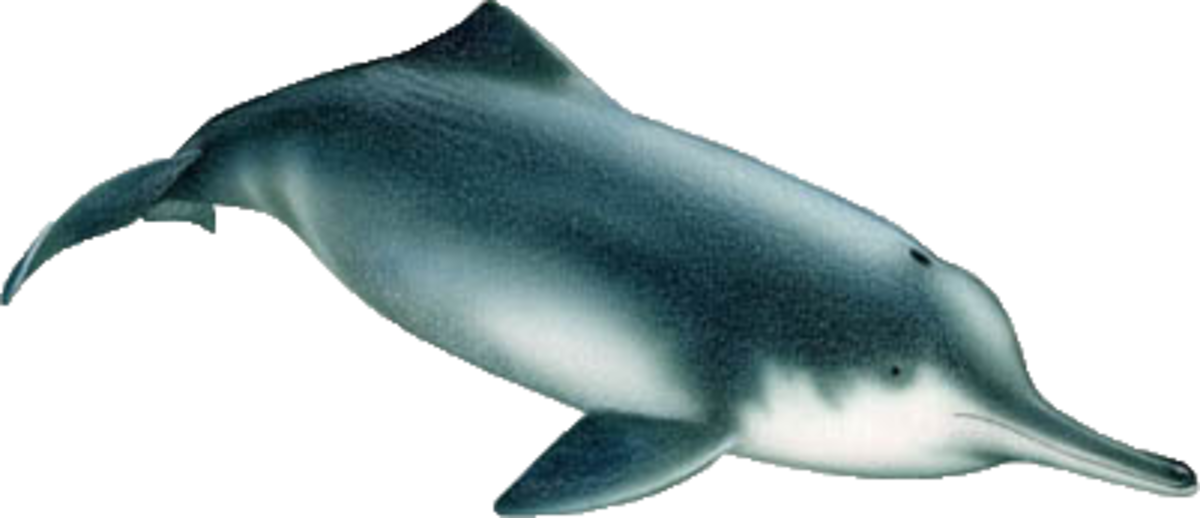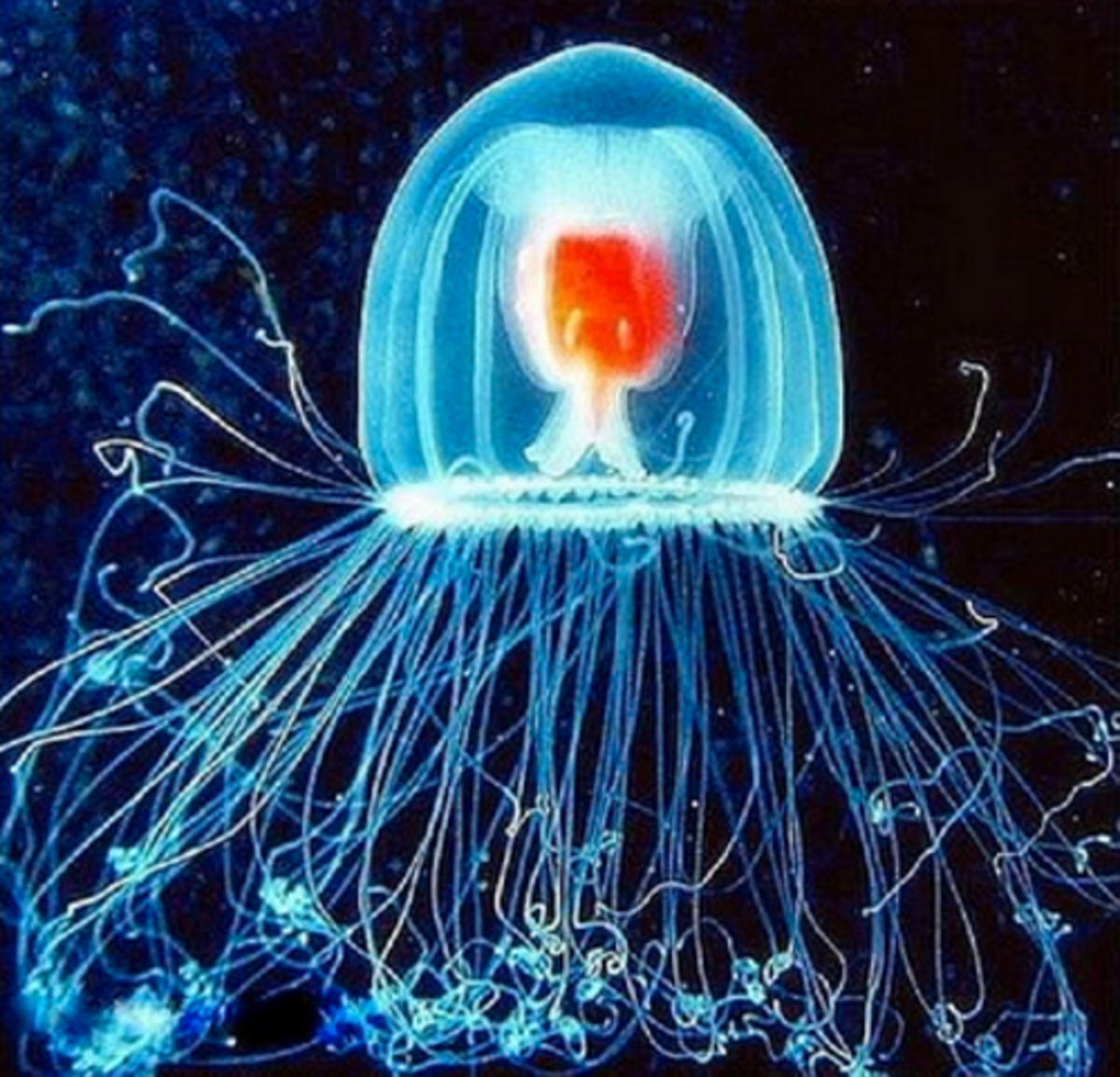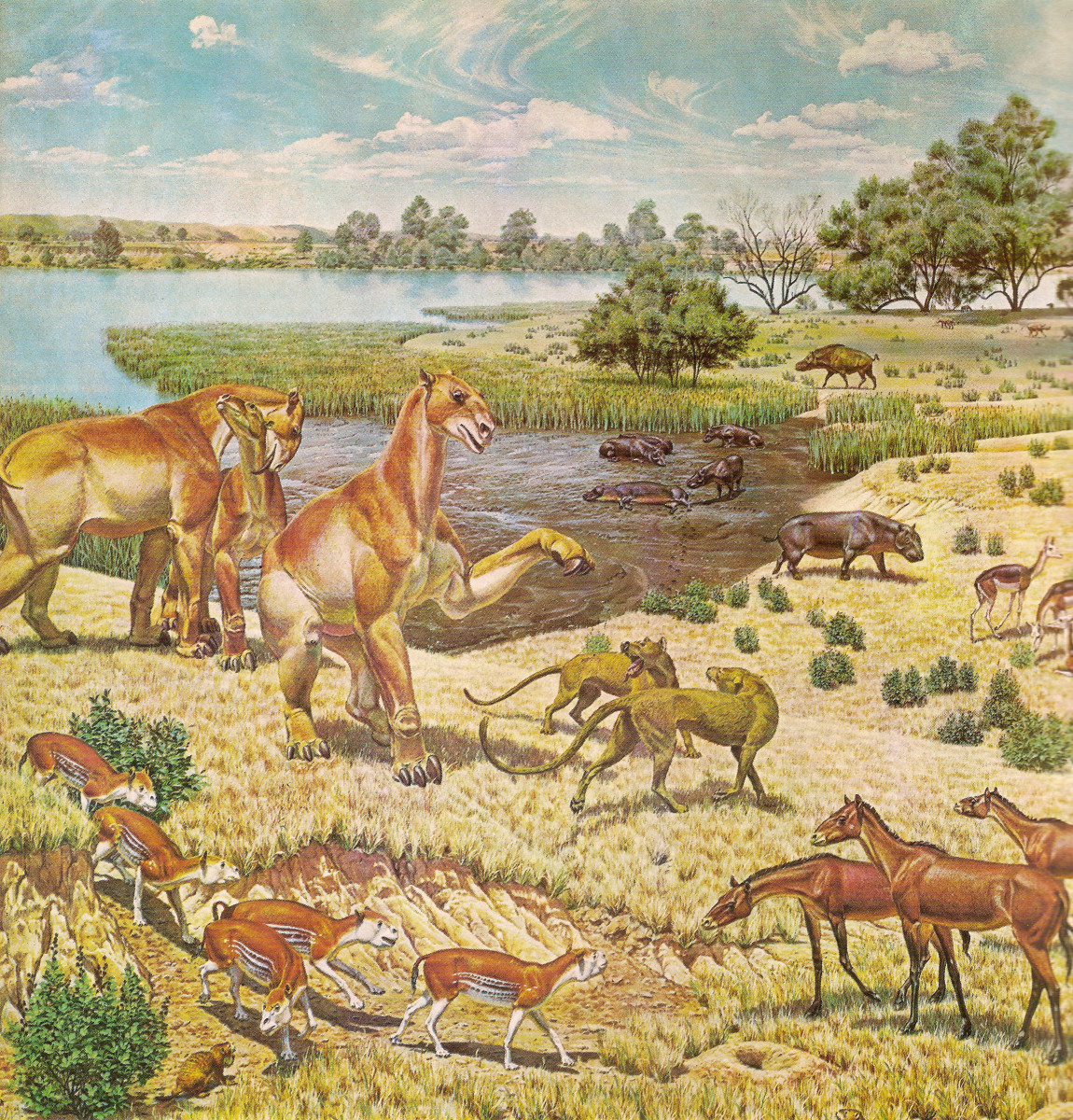Extreme Life the Extremophiles
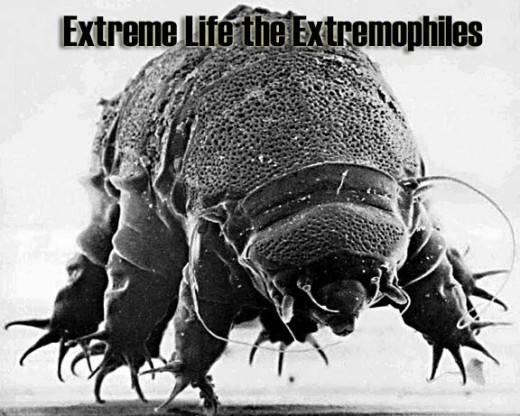
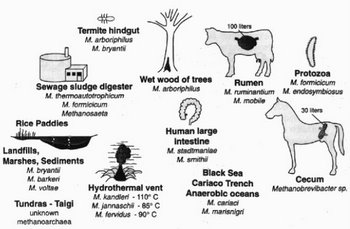
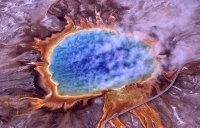
Extremophiles Life on the Fringe
"Life finds a way.", The quote from Jurassic Park rings true as scientists discover microbial life in so many hostile environments that it has revolutionized the understanding of life as we know it. There are life forms that have taken root in many volatile environments, from toxic thermal vents, frozen lakes, permafrost, pressurized buried rock, scorching acidic pools, and even radioactive tanks. Life can take hold in places we thought totally uninhabitable and these small microbes show us that what we perceive as the laws of life may be something totally different than what we once believed. It has forced us to question the very nature of how life can sustain itself in different ways, using different energy sources to survive, breed, and reproduce.
In a sense life is a miracle in and of itself. That life was able to take hold on our world defies the odds of nature, A little closer to the Sun and all the liquid water on earth evaporates into a gas and a run away green house effect occurs, a little further away and we are in a permanent ice age, frozen into a solid ball of ice. So what is it that makes life exist here on earth, what helps it to adapt and to not only exist but thrive here? It seems life can survive just about anywhere on earth. The food sources, the respiratory energy production, and the type of environments can all vary greatly from one type of life to another. It all just depends on what that lifeforms environmental conditions are.
Extremophiles are the ultimate example of life's varied states of existence.
At nearly 2.5 miles (4 kilometers) below sea level, where the salt
concentration is ten times higher than that of seawater and with
pressures four hundred times greater than that of atmospheric pressure
at the surface scientists discovered new microbes in anoxic basins, or
'brine lakes', located off the coast of Sicily where high
concentrations of magnesium chloride are known to exist. These creatures called Archaea live in the crushing depths of our worlds oceans near sulfur methane vents on the oceanic floor. Here no light reaches the depths and the surrounding pressure threatens to crush all but the hardiest of lifeforms, they also exist near heavy brine water lakes called slow seeps where the surrounding water is acidic. These Archaea MSBL-1's share the ocean floor with tube worms, brine shrimp, and other bottom feeders. They are able to use sulfur as a source of energy and are the basic food source for all other life within their habitat.
Microbial extremophiles live around the hot springs of Yellowstone National Park. It turns out these primordial organisms metabolize hydrogen for their energy source and are able to withstand extreme temperatures within the hot-springs. Scientists learned about their hydrogen to energy conversion by trying to figure out how they could create energy when photosynthesis was not able to happen under such extreme temperatures.
microbes called pyschrophiles or psychrotrophs are bacteria, fungi, and algae that thrive in freezing temperatures ranging from 23 to 68 degrees Fahrenheit. Scientists have found them living in ice sheets in the antarctic and in permafrost zones of the north in Alaska Canada and in Siberia. These organisms can sour milk, and are found up to two miles into the earth's crust.
Near hydrothermal vents on the ocean floor life teems, tube worms, sand worms, shrimp, and crabs all carve out a niche in this hostile environment where water temperatures can reach 750°F and the surrounding water pressure can crush the sturdiest submersible. Nineral-eating microbes live around volcanic chimneys at depths so deep no sunlight ever reaches them, The sun is the main source of life giving energy for almost all life we understand, so where lack of sunlight would hinder organisms relying on photosynthesis as their energy producing mechanism and those animals that consume them. We find that life has still found a way to survive.
Single-celled protists called foraminifera were discovered in a sediment sample taken from the deepest part of the pacific ocean, these soft-shelled protists live at a depth of nearly seven miles underwater where the pressure is eleven hundred times that of the surface.
There are other amazing forms of life that can live in the reactive tanks of nuclear reactors and feed off of solid metal, others can consume toxic waste and break down toxic oils, others can live in temperatures that could cook your thanksgiving dinner, and still others can are able to survive in places where no life should be able to take hold. These creatures are the equivalent of super-critters and though they are simple in their nature they hold the keys to life's ability to survive anywhere.





